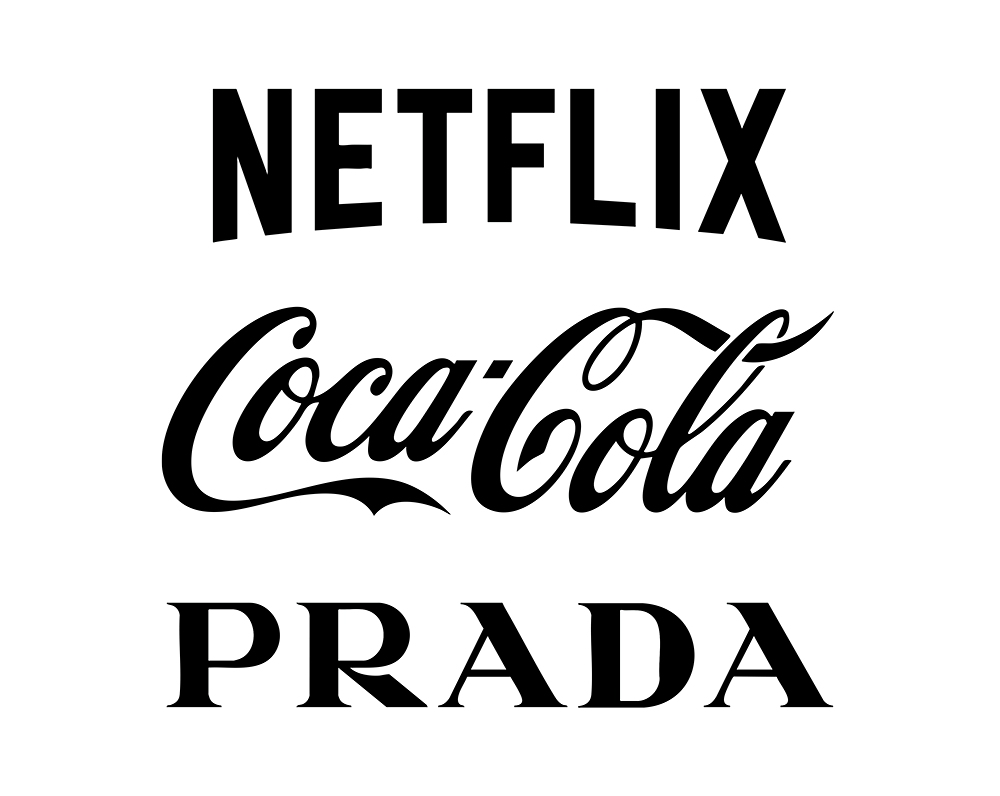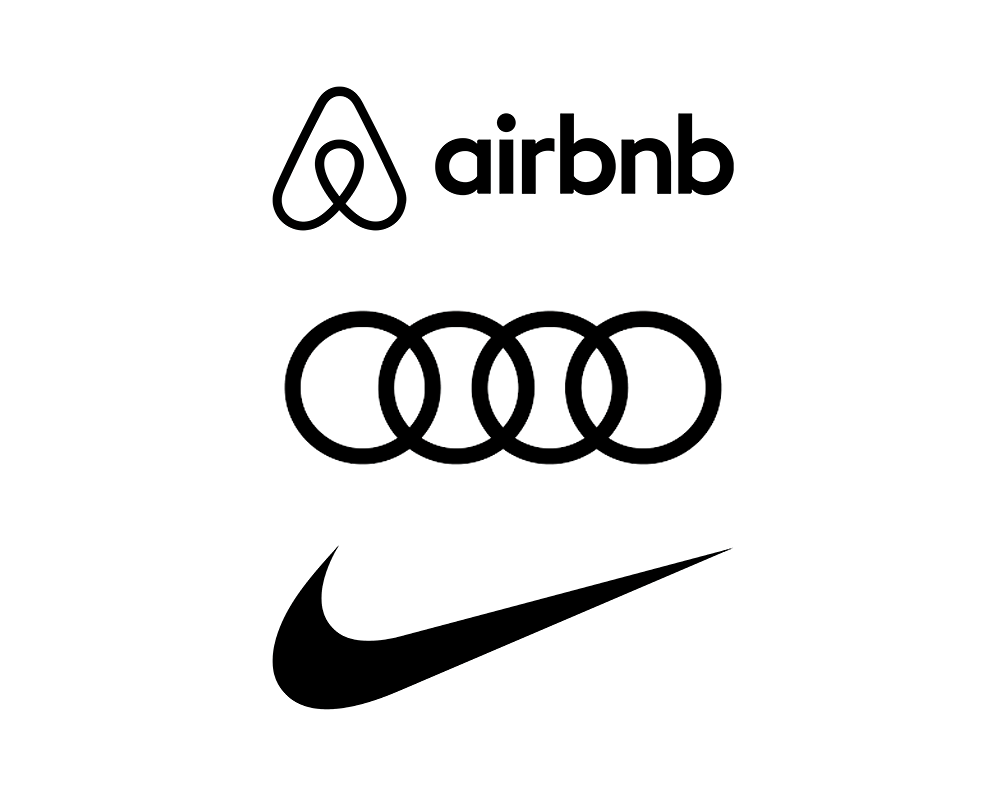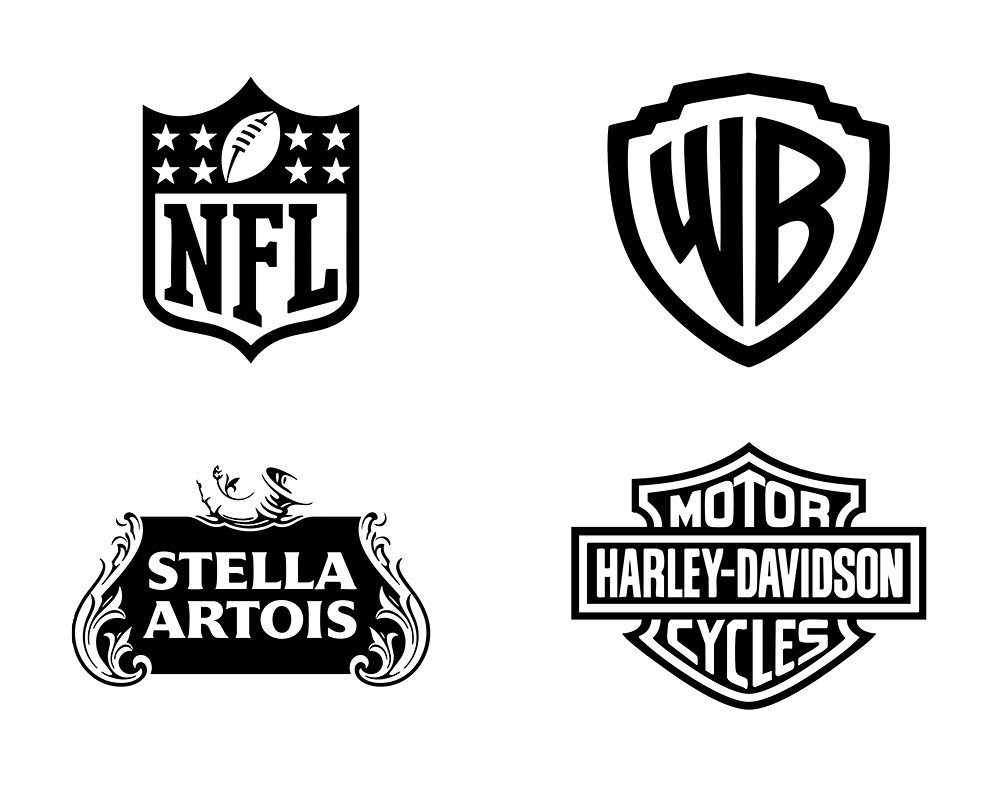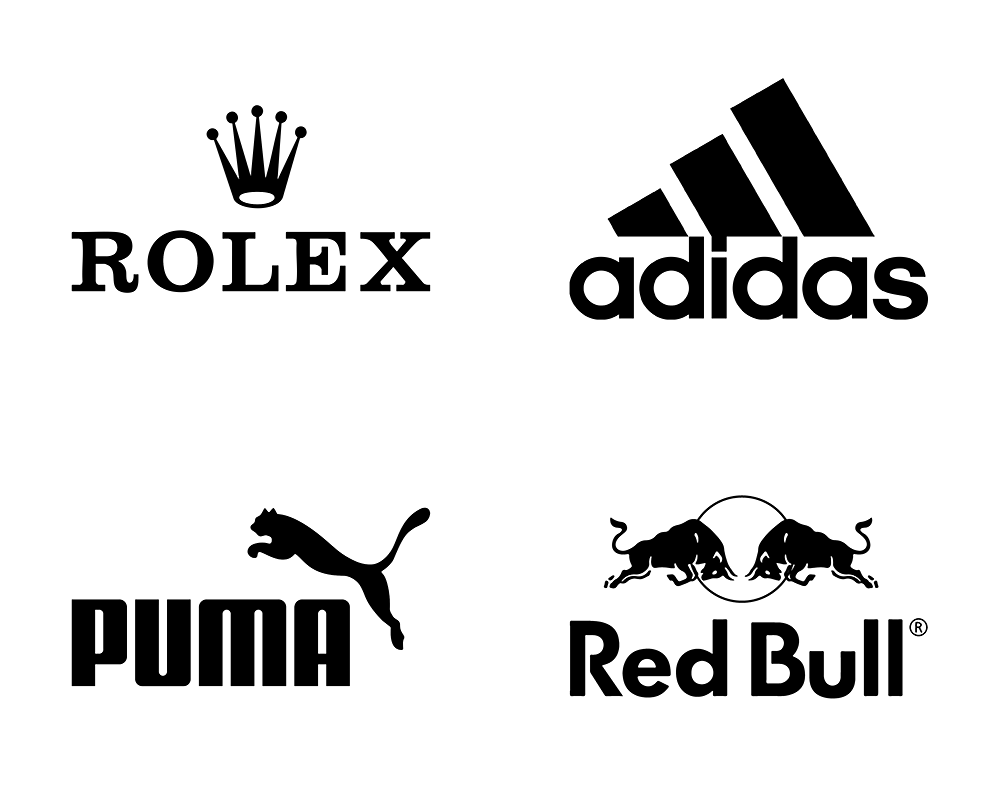Logo vs. Brand Identity: What’s the Difference and Why Does It Matter?
7 min read
If you think a logo is the be-all and end-all of your brand, I hate to break it to you, but… you’re mistaken. Don’t get me wrong—a logo is important! But it’s just the tip of the branding iceberg. What lies beneath is your brand identity, and that’s where the magic happens.
Let’s dive into what sets a logo apart from a brand identity, why you need both, and how a killer visual identity can elevate your business.
What Is a Logo?
A logo is a visual mark or symbol that represents your business. It’s the design shorthand for who you are—a compact, memorable way for people to recognise your brand. Think of it like your business’s signature.
Types of Logos
Logos come in all shapes and sizes, from wordmarks (like Google) to iconic symbols (like Apple). But no matter the style, the goal is the same: make your business instantly recognisable.
Pictorial Mark Logos
Utilising a simple, recognisable image that symbolises the brand, such as Apple's apple or Twitter's bird, these logos are ideal for well-established companies aiming for straightforward representation.
Logotypes (Wordmarks)
These consist of the company's full name in a distinctive typeface, focusing on typography to convey brand identity. Notable examples are Coca-Cola and Google.
Lettermark Logo
Comprising a brand's initials, these logos simplify longer names into memorable acronyms, like NASA or HBO, emphasising typography for a sleek design.
Abstract Logos
Featuring unique geometric forms that symbolise the brand's essence, such as Nike's swoosh or Pepsi's divided circle, these logos allow for distinctive and conceptual representation.
Mascot Logos
Incorporating illustrated characters to represent the brand, like KFC's Colonel Sanders or the Michelin Man, these logos create a friendly and approachable image, often appealing to families and children.
Emblem Logos
These feature text or imagery contained within a geometric shape, offering a traditional and professional appearance. Examples include Harley-Davidson, prestigious universities and sports teams.
Combination Logos
Merging text with a symbol, abstract mark, or mascot, these versatile logos, such as those of Burger King and Lacoste, offer flexibility in branding by combining visual and textual elements.
But here’s the thing: your logo doesn’t tell the whole story.
What Is Brand Identity?
Your brand identity is the full picture. It’s the collection of all the visual and sensory elements that represent your business, including:
Logo (of course)
Colour palette
Typography
Imagery
Patterns or textures
Brand Personality
Tone of voice
Packaging
Website design
Brand identity isn’t just about looking good—it’s about feeling right. It’s how your business communicates its personality, values, and purpose visually and emotionally.
“A brand is not a logo. A brand is a gut feeling people have about your product, service, or organisation.”
Logo vs. Brand Identity: A Quick Analogy
Think of your logo as your outfit. It’s the first thing people notice, and it gives them a quick impression of who you are.
Now, think of your brand identity as your whole vibe—your style, your energy, the way you talk. It’s what makes people stick around and want to get to know you.
The takeaway? A great outfit (logo) will grab attention, but a strong vibe (brand identity) is what makes people remember you.
Why a Full Brand Identity Matters
Here’s why having a cohesive brand identity is essential for small businesses:
1. It Builds Trust
People trust businesses that feel professional and consistent. A well-designed brand identity tells customers, “I’ve got my act together, and you can count on me.”
2. It Creates Emotional Connections
Great brands don’t just sell products—they sell feelings. A thoughtful brand identity can evoke trust, excitement, nostalgia, or whatever emotion fits your business.
3. It Differentiates You
Your visual identity helps you stand out in a crowded marketplace. If your branding looks like everyone else’s, how will anyone remember you?
4. It Boosts Recognition
The more cohesive your brand identity, the easier it is for people to recognise you across platforms—whether it’s on social media, your website, or even your product packaging.
5. It Drives Results
Strong branding can lead to:
Higher customer loyalty
Increased conversions
Better brand recall
A premium perception (aka: people are willing to pay more!)
How to Create a Cohesive Visual Identity
Ready to level up from just a logo? Here’s how to build a full visual identity:
1. Define Your Brand Core
Before diving into design, figure out your:
Purpose: Why does your business exist?
Values: What do you stand for?
Audience: Who are you talking to?
2. Choose a Colour Palette
Colours aren’t just pretty—they carry meaning. For example:
Blue conveys trust and professionalism.
Yellow feels cheerful and optimistic.
Pick colours that align with your brand’s personality and message.
3. Pick Typography That Fits
Fonts can say a lot about your brand. Are you modern and sleek? Try sans-serif fonts. Quirky and fun? Go for a hand-drawn style.
4. Create Consistent Imagery
Whether it’s product photos, illustrations, or graphics, make sure your visuals align with your brand’s vibe.
5. Develop a Tone of Voice
Your brand’s voice should reflect its personality. Are you playful? Professional? Friendly? Use this voice consistently in your marketing copy.
6. Test Across Platforms
Make sure your brand identity works everywhere—social media, packaging, websites, and even in print.
Examples of Successful Visual Identities
Coca-Cola
From its iconic red and white colour scheme to its cheerful tone of voice, Coca-Cola’s brand identity is timeless and instantly recognisable.
Mailchimp
Mailchimp’s playful, hand-drawn illustrations and quirky voice make it stand out in the tech world.
Glossier
Glossier’s minimalist design, soft pink hues, and approachable voice perfectly reflect its mission to simplify beauty.
Final Thoughts
While a logo is important, it’s only one piece of the branding puzzle. A full brand identity is what truly sets your business apart, builds emotional connections, and drives growth.
If you’re feeling overwhelmed by the idea of designing a visual identity, don’t worry—that’s what I’m here for. Let’s chat about how to bring your brand’s identity to life. If you’re ever in West Berkshire, pop by my studio in Newbury.











